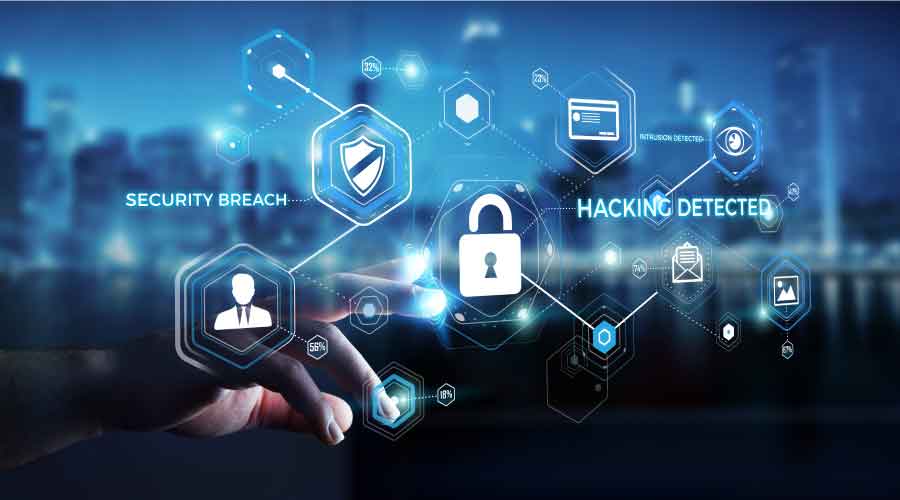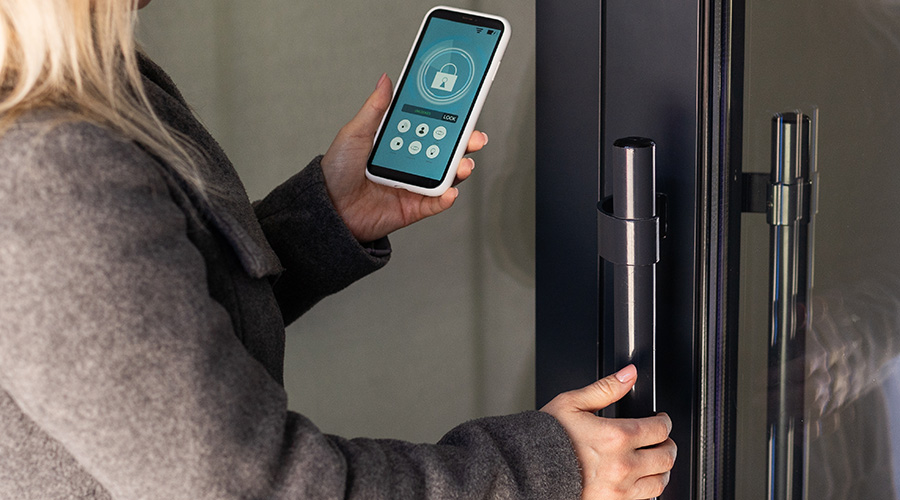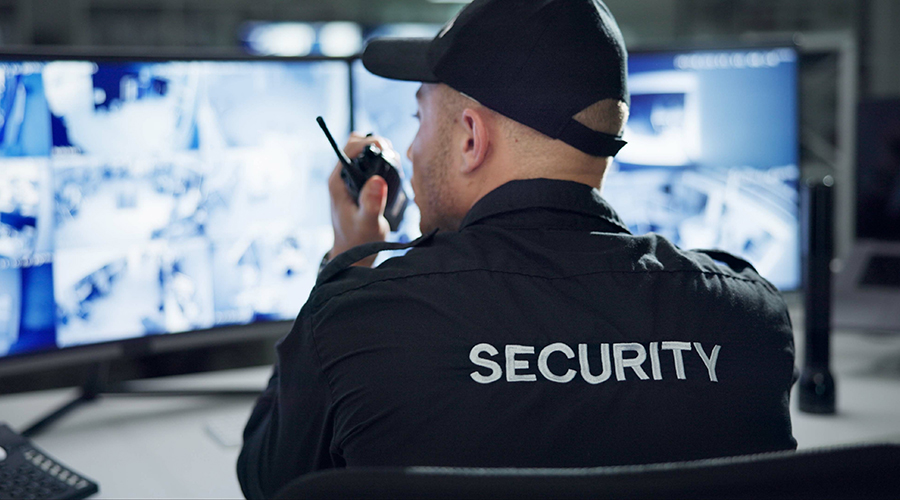 Security and access control have become high priorities, prompting managers to take a closer look at door hardware components that help protect occupants and visitors.
Security and access control have become high priorities, prompting managers to take a closer look at door hardware components that help protect occupants and visitors.Security Spotlight: Card Readers and Door Hardware
Inspection, testing and maintenance considerations for maximizing performance and protecting occupants and facilities
Card-operated lock systems have become more popular components of access-control systems. System components include a computer, up to 11 levels of magnetic-striped keycards, computerized card-reading door locks, and a handheld computer that programs, interrogates, and troubleshoots door units. To open the door, the occupant or visitor uses a vertical slot to slide a card encoded with the same instructions as the door unit. The computer reads the card information. If the information is valid for the door at the time, it opens the door.
Flexibility is the primary benefit of this system. Technicians can change locks as often as desired from a central computer by reprogramming the door. The computer logs all transactions and can provide a printout for administrative control of all changes.
To give certain personnel, including security and maintenance workers, access to selected doors in a given area at a given time, system operators also can encode special emergency cards or master cards. Additional advantages of card-operated lock systems include:
• no rekeying
• no liability risk from not rekeying when needed
• the ability to authorize the opening of a door only when it is necessary
• the ability to authorize the opening of a door once, then cancel access.
Maybe the largest impact of new technology related to door hardware on maintenance activities involves increased attention on selecting the most appropriate hardware, as well as closer attention to preventive maintenance tasks that keep components working properly.
One important addition to these door-hardware components is a proximity card that uses radio-frequency identification technology. This card replaces magnetic, bar code and barrier ferrite cards. It does not require contact, so one benefit to facilities is less wear and tear on the cards and card readers.
Proximity cards do not require users to stop or swipe the card, and administrators can update a card when it is within the range of a transmitter. The technology also enables vehicle tracking and provides perimeter and building security on one card with dual frequencies.
— Thomas Westerkamp is a maintenance and engineering management consultant and president of the work management division of Westerkamp Group LLC, www.westerkampgroup.com.
Related Topics:














